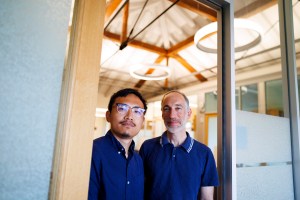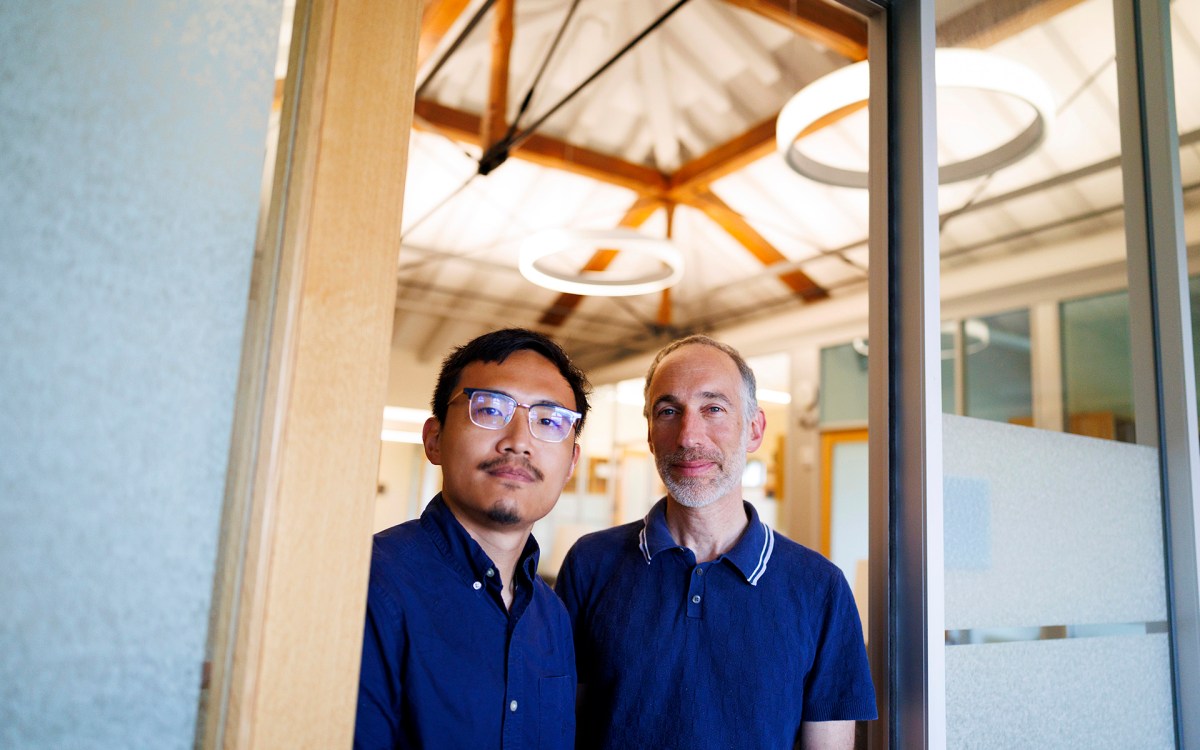Putting bacteria to work
Harvard scientists studying how to make harmful bacteria clean up pollution and reduce global warming
A nautical group of bacteria known as Prochlorococcus removes carbon dioxide from air and fixes it into the carbon content of their own tiny bodies. The more carbon dioxide they take from the air, the less is available to capture the heat that is causing the warm-up of our planet. That adds up to a lot of carbon. “Prochlorococcus is a major ocean sink for carbon,” says George Church, professor of genetics at Harvard Medical School and a faculty member of the Harvard-M.I.T. Division of Health Sciences and Technology. “It is responsible for 40 percent of the photosynthesis (carbon dioxide removal) on Earth.” A quart of ocean water often contains 100 million Prochlorococcus cells. Its population in the global ocean could be as high as 10 trillion trillion. To make use of such microbes to clean the environment, the Department of Energy (DOE) has awarded $15 million to researchers at the Harvard Medical School, in partnership with the Massachusetts Institute of Technology (M.I.T.) and two Harvard-affiliated hospitals. The program is aimed at taking advantage of the natural capabilities of wild bacteria to solve environmental problems.





